Circa 2014 😗 mind uploading soon.
In a neuroscience breakthrough, the duo pioneered a real-life version of Inception.
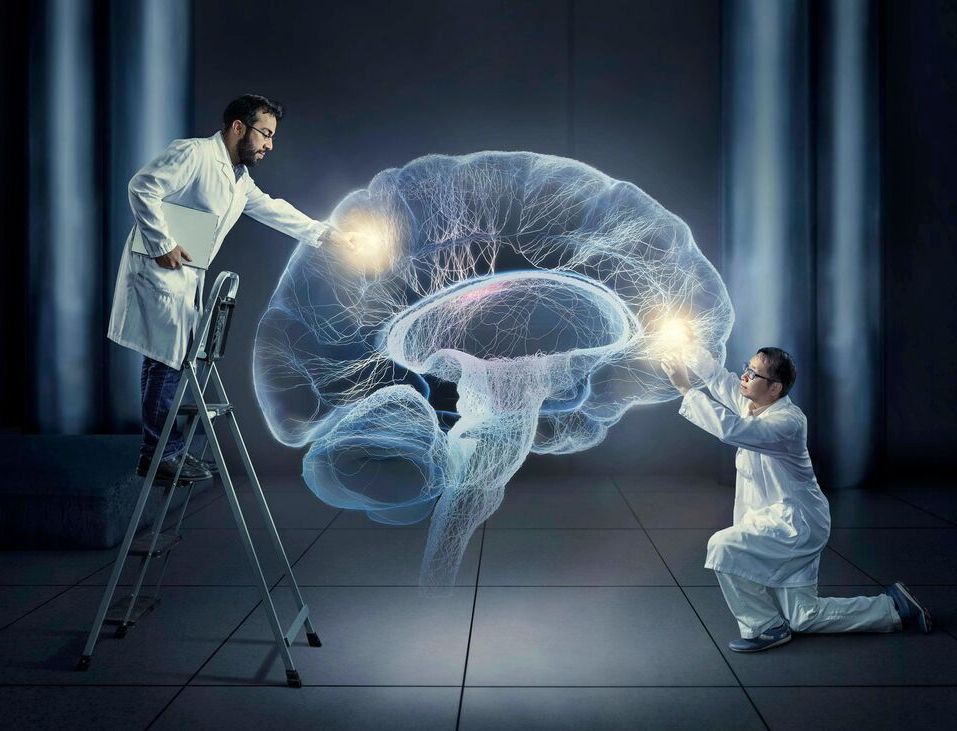

The ones Teresa is handling in this Cambridge laboratory are mini bile ducts, thin tubes that carry bile from the liver to the small intestine to help with digestion.
Teresa also has gut organoids in the incubator, while down the corridor a different team is developing brain organoids.
In fact, around the world, miniatures of everything from lungs to kidneys are being coaxed gently to life. And because they function just as organs do, they are perfect for research.
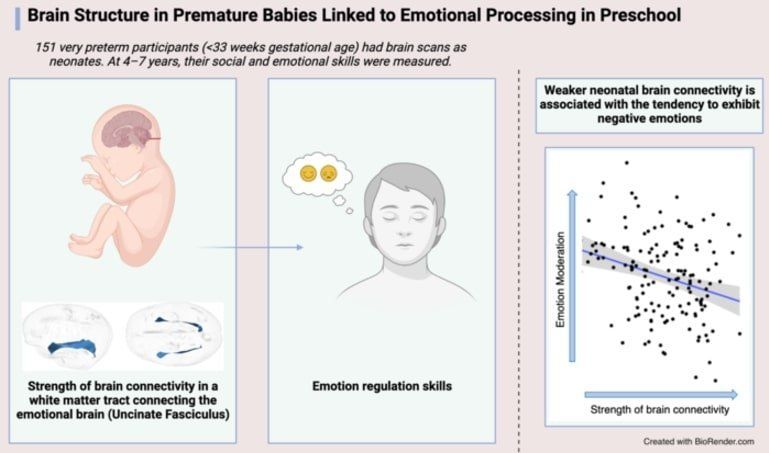
Summary: Brain connectivity at birth may impact emotional processing and social development later in childhood, especially in children born preterm. Researchers found children born preterm with a weaker uncinate fasciculus, the white-matter tract that connects brain regions associated with emotional processing, were more likely to interpret situations in a negative light.
Source: SfN
The strength of brain connections at birth may predict the future emotional and social development of babies born prematurely, according to new research published in eNeuro.
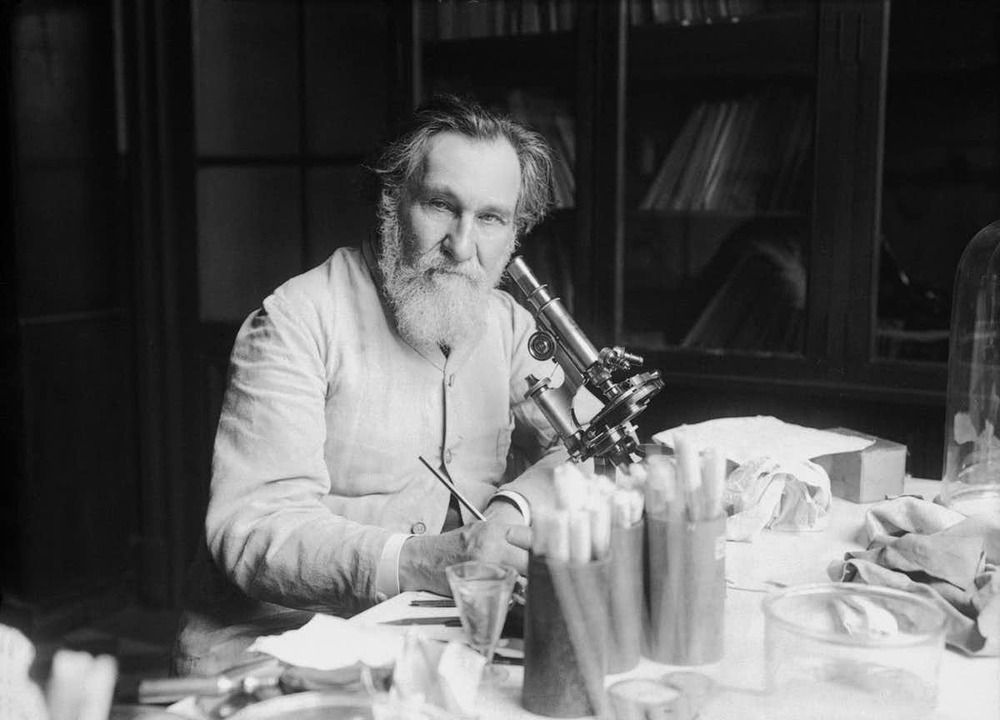
Evidence has been accumulating for almost a decade that the microbiome composition changes with age. In 2,012 research by my colleagues at University College Cork showed that diversity in the microbiome was linked to health outcomes in later life, including frailty.
In 1,895 on turning 50 Elie Metchnikoff became increasingly anxious about aging. As a result, the Russian Nobel prize-winning scientist, and one of the founders of immunology, turned his attention away from immunology and towards gerontology – a term that he coined.
He was fascinated by the role that intestinal bacteria play in health and disease and suggested that people from parts of eastern Europe lived longer because they ate a lot of fermented foods containing lactic acid bacteria.
Although popular at the time, this theory linking gut microbes to healthy aging was largely ignored by scientists until relatively recently. We now recognize the importance that the trillions of bacteria, known as the gut microbiome, have in regulating health and disease.
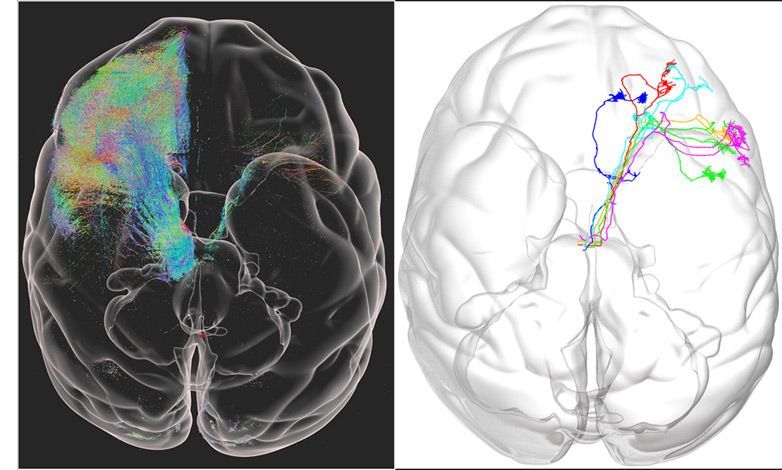

Since DNMT3A increases DNA methylation, the researchers used a natural product that donates methyl groups S-adenosylmethionine (SAMe) and to activate the retinoic acid receptor they treated the animals with vitamin A. They found that combined treatment with the methyl donor SAM and retinoic acid reversed PTSD-like behaviors.
Summary: Combining two natural products that modulate the epigenome, researchers believe they have identified a feasible approach to reversing symptoms of PTSD in animal models that could be effective in humans.
Source: Bar Ilan University
Exposure to a traumatic experience can lead to post-traumatic stress disorder (PTSD), an incapacitating disorder in susceptible persons with no reliable therapy. Particularly puzzling is understanding how transient exposure to trauma creates persistent long-term suffering from PTSD and why some people are susceptible to PTSD while others that were exposed to the same trauma remain resilient.
Epigenetic modifications are chemical marks on genes that program their activity. These marks are written into DNA during fetal development to correctly program how our genes function in different organs. However, research in the last two decades has suggested that these marks could also be modulated by experiences and exposures at different point of time in life.
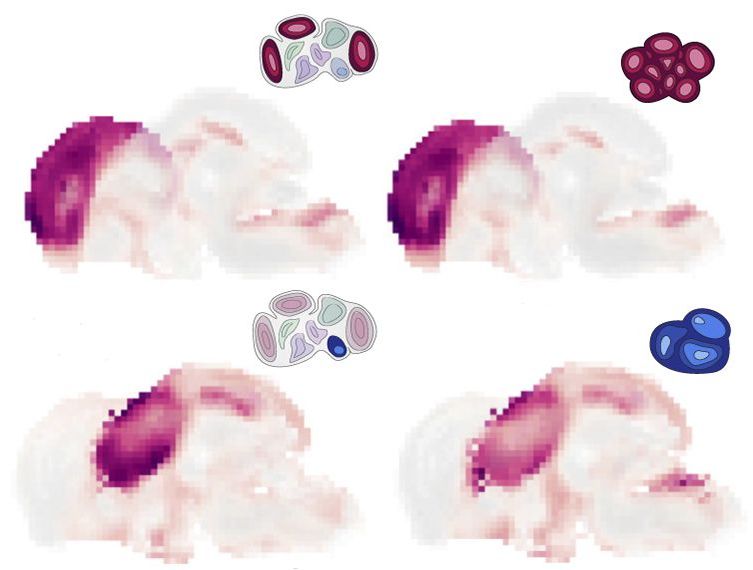
A new tool helps researchers explore the types of cells that make up brain organoids — clusters of cells that can mimic the basic structure, function and development of different parts of the brain.
The software, detailed in Cell Stem Cell, maps information about when and where genes are expressed in brain organoids onto a reference atlas of the developing mouse brain. Scientists can use the resulting overlay to develop organoids that better recapitulate the developing brain, the team says, or to uncover the effects of gene mutations and other experimental perturbations.
Brain organoids derived from the cells of people with conditions such as autism have proved useful in capturing neuronal abnormalities. But the findings are muddied by methodological differences in how researchers develop these lab-grown blobs. Advanced techniques to profile gene expression in single cells have made it easier to identify the cell types in any given organoid. But it’s remained difficult to map those cell types onto different brain regions.
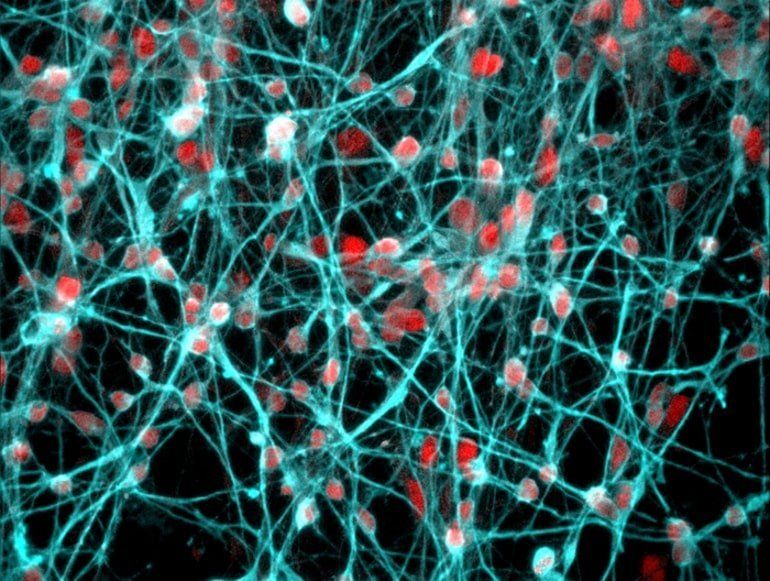
Summary: Study reveals a link between corticosteroid receptors and genes associated with ciliary and neuroplasticity in the hippocampus, an area of the brain associated with stress response, learning, and memory.
Source: University of Bristol.
Chronic stress is a well-known cause of mental health disorders. New research has moved a step forward in understanding how glucocorticoid hormones (‘stress hormones’) act upon the brain and what their function is. The findings could lead to more effective strategies in the prevention and treatment of mental health disorders.


Some mutations that disable SCN2A, one of the genes most strongly linked to autism, can unexpectedly make neurons hyperexcitable, a study in mice shows. The findings may help explain why a sizeable proportion of autistic children with mutations in SCN2A experience epileptic seizures.
Deleterious mutations in an autism-associated gene can make neurons hyperexcitable, raising the risk of epileptic seizures.